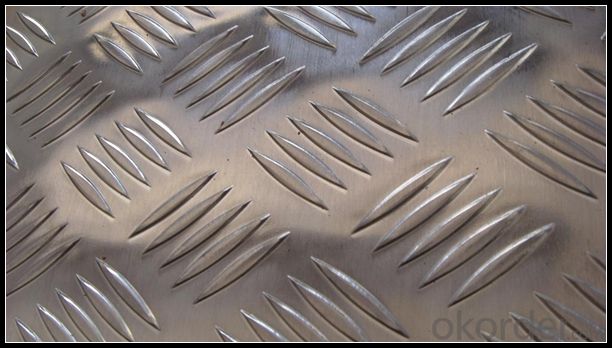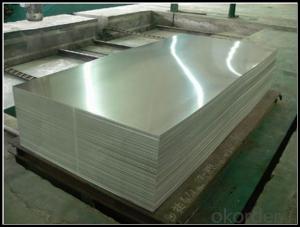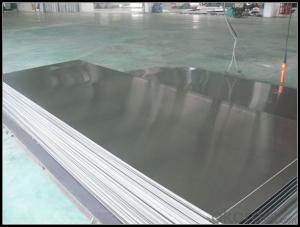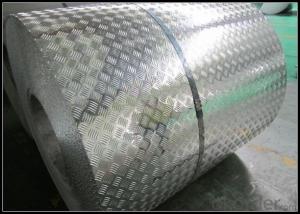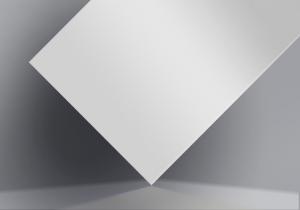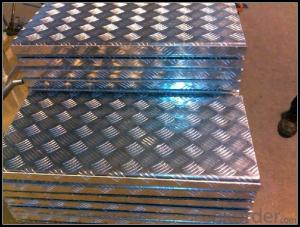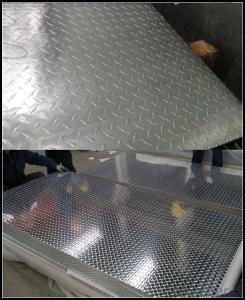Aluminum Trailer Siding Sheets - Embossed Panel for Automotive Toolbox Made in China
- Loading Port:
- Shanghai
- Payment Terms:
- TT OR LC
- Min Order Qty:
- 5 m.t.
- Supply Capability:
- 100000 m.t./month
OKorder Service Pledge
OKorder Financial Service
You Might Also Like
Specification
1.Structure of Embossed Panel for Automotive Toolbox Made in China Supplier
Aluminum Sheets are strengthened and cut from raw materials with different alloys, such as AA5005, AA5052, etc. They are easy for processing in different shapes, good in intensity and can be quickly installed. Aluminium Sheets for Energy Saving Curtain Walls are good in energy saving, weather resistance, fire resistance, easy for maintenance and with many colors.
Aluminium Sheets for Energy Saving Curtain Walls are widely used in construction of metal walls, metal ceilings, car decoration, advertizing panels, etc.
2.Main Features of Embossed Panel for Automotive Toolbox Made in China Supplier
•High intensity
•Easy to be processed and shaped
•Weather resistance
•Anti-pollution & environment protection
3. Embossed Panel for Automotive Toolbox Made in China Supplier Images
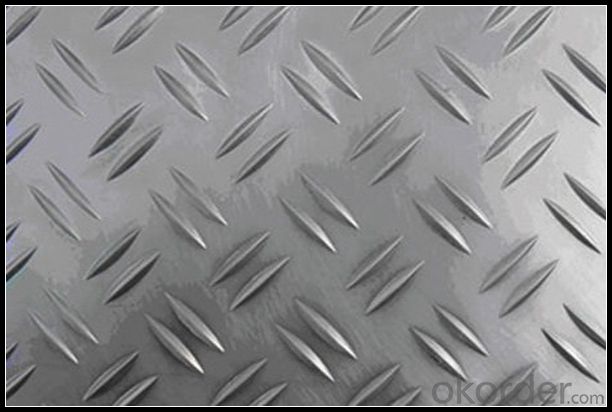
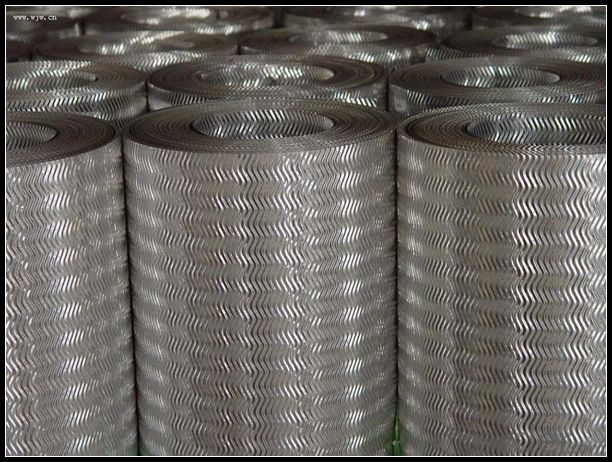
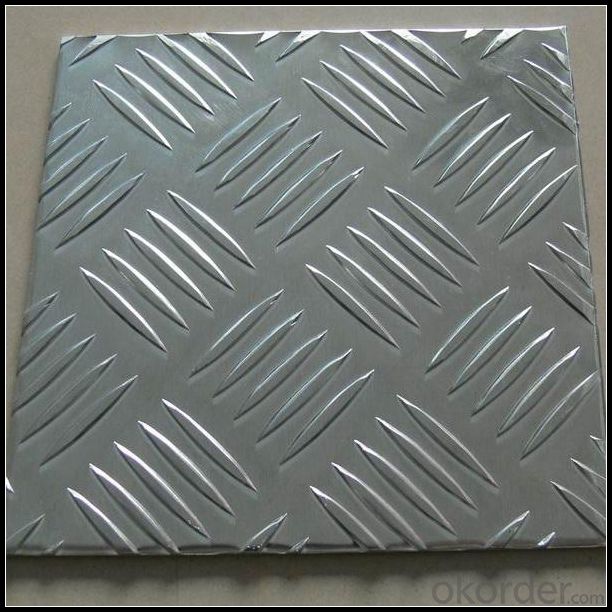
4.Specification of Embossed Panel for Automotive Toolbox Made in China Supplier
Alloy Number | AA5XXX |
Temper | H12, H14, H16, H18, H22, H24, H26, H32, HO, F |
Thickness | 0.1mm – 500mm |
Width | 10mm- 2200mm |
Standard | GB/T3880-2006, ASTM, ISO, EU standard |
5.FAQ
A.What about inspections to guarantee quality?
For each order for Aluminum Sheets with Mill Finished Surface AA5XXX, we will arrange strict inspection for raw materials, inspection during production and inspection for finished goods.
With requirement of customers, we also can arrange the third party inspection.
B.What about delivery?
We will put order for Aluminum Sheets with Mill Finished Surface AA5XXX in production schedule after order gets confirmed against copy of TT or L/C. Normally it takes about one month for production. Exact shipment schedule is different based on different sizes and quantity.
C.What is the MOQ?
5 tons for each size.
D. Where have you exported aluminium sheets?
We have exported aluminum sheets to many countries. Main markets include South East Asia, Middle East, North America, South America, etc.
- Q: Which is better, a water bottle made out of steel or one made out of aluminum?
- Aluminum IF you get one that is anodized on the inside (like the Sigg models). Otherwise it will corrode if you fill it with acidic liquids like fruit juice (which will also leach the aluminum out of the walls and there are some who believe ingesting aluminum isn't good for your health in the long run.) There are also lightweight stainless steel bottles that are pretty good, but somewhat heavier.
- Q: Can aluminum sheets be used for decorative wall panels?
- Yes, aluminum sheets can be used for decorative wall panels. Aluminum is a versatile material that can be easily manipulated to create various designs and finishes. It is lightweight, durable, and offers a sleek and modern look, making it a popular choice for decorative wall applications.
- Q: What are the different methods of finishing aluminum sheet edges?
- There are several methods that can be used to finish aluminum sheet edges, depending on the desired outcome and application. One common method is deburring, which involves removing any sharp or rough edges from the aluminum sheet. This can be done using various tools such as files, sandpaper, or specialized deburring machines. Deburring not only improves the appearance of the edges but also helps to prevent any potential injuries or accidents caused by sharp edges. Another method is chamfering, which involves creating a beveled edge on the aluminum sheet. This can be achieved using chamfering tools or by carefully filing or sanding the edges at a specific angle. Chamfering is often done to enhance the aesthetics of the aluminum sheet and to make it easier to handle and assemble. Additionally, edge rounding is a technique that involves smoothing the edges of the aluminum sheet to create a rounded or curved profile. This can be done using tools such as sanders, grinders, or specialized edge rounding machines. Edge rounding not only improves the visual appeal of the aluminum sheet but also helps to reduce the risk of injury from sharp edges. Furthermore, anodizing is a popular finishing method for aluminum sheet edges. Anodizing involves creating a protective oxide layer on the surface of the aluminum through an electrochemical process. This not only enhances the corrosion resistance of the aluminum but also provides a range of color options for the edges, allowing for customization and improved aesthetics. Lastly, powder coating is another method that can be used to finish aluminum sheet edges. Powder coating involves applying a dry powder onto the surface of the aluminum and then heating it to create a durable and decorative finish. This method offers a wide variety of colors, textures, and finishes, allowing for customization and enhanced visual appeal. Overall, the choice of finishing method for aluminum sheet edges will depend on factors such as the desired appearance, functionality, and application requirements. It is important to consider these factors and consult with experts to determine the most suitable method for a specific project.
- Q: What are the common sizes of aluminum sheet?
- Common sizes of aluminum sheets vary depending on the specific requirements and industry applications. However, some standard sizes are commonly available in the market. These sizes typically range from 0.025 inches to 0.125 inches in thickness and can come in various widths and lengths. Some common width options include 36 inches, 48 inches, and 60 inches, while the length can range from 96 inches to 144 inches. Additionally, aluminum sheets can also be found in smaller sizes, such as 12 inches by 24 inches or 24 inches by 24 inches, which are often used for smaller projects or crafts. It is important to note that custom sizes can also be obtained through specialized aluminum sheet suppliers.
- Q: Are aluminum sheets suitable for chemical processing applications?
- Aluminum sheets are a great choice for chemical processing applications. They are widely used in various industries, including chemical processing, due to their versatility. One of the reasons aluminum is preferred is because it has excellent corrosion resistance properties. This makes it ideal for applications that involve exposure to chemicals and corrosive environments. Aluminum sheets can resist many acids and alkalis, including common chemicals like sulfuric acid, hydrochloric acid, and sodium hydroxide. The reason aluminum is so resistant to corrosion is because of the thin oxide layer that forms on its surface. This layer acts as a barrier against chemical attacks and can quickly reform if damaged, providing continuous protection to the metal underneath. Additionally, aluminum is lightweight, has high thermal conductivity, and can be easily shaped and sized, making it a popular choice for chemical processing equipment and components. In chemical processing applications, aluminum sheets are often used for storage tanks, heat exchangers, piping systems, and other equipment that comes into contact with chemicals. They can withstand high temperatures and pressures, making them suitable for various processing conditions. Furthermore, aluminum is non-toxic, non-magnetic, and has excellent electrical conductivity, which can be advantageous in certain chemical processes. However, it's important to consider the specific chemical environment and conditions when choosing aluminum sheets for chemical processing applications. Some aggressive chemicals, like strong bases or highly oxidizing acids, may require additional protection or alternative materials. It's recommended to consult with experts or engineers who are familiar with the specific chemical processes and conditions to ensure that aluminum sheets are suitable for a particular application.
- Q: Can aluminum sheets be used for reflective purposes?
- Yes, aluminum sheets can be used for reflective purposes. Aluminum is a highly reflective metal that has a shiny and smooth surface. It has a high reflectivity index, making it an excellent material for reflecting light and heat. Aluminum sheets are commonly used for various reflective applications, such as in mirrors, solar panels, lighting fixtures, and insulation. Due to its reflective properties, aluminum sheets are also used in the construction industry to increase energy efficiency by reflecting sunlight and reducing heat absorption.
- Q: What is the cost of aluminum sheets?
- The pricing of aluminum sheets can fluctuate based on a range of factors, including the thickness, size, and grade of the aluminum. Moreover, market conditions and the pricing policies of suppliers can also impact the cost. To obtain the most precise and current pricing information for aluminum sheets, it is advisable to reach out to local suppliers or conduct an online search.
- Q: Can the aluminum sheets be used for manufacturing power distribution systems?
- Yes, aluminum sheets can be used for manufacturing power distribution systems. Aluminum has excellent conductivity properties, making it a suitable material for transferring electrical power. Additionally, aluminum sheets are lightweight, corrosion-resistant, and cost-effective, making them a popular choice in the manufacturing of power distribution systems.
- Q: How do aluminum sheets perform in terms of impact resistance?
- Aluminum sheets are known for their excellent impact resistance properties. Due to their high strength-to-weight ratio, they can withstand significant impacts without deforming or breaking easily. Additionally, aluminum has inherent toughness and flexibility, which allows it to absorb and distribute the force of an impact, minimizing the risk of damage. This makes aluminum sheets a preferred choice for applications requiring durability and resistance to impact, such as in the automotive, aerospace, and construction industries.
- Q: What is the typical thermal conductivity of aluminum sheets?
- The typical thermal conductivity of aluminum sheets is approximately 205-230 watts per meter-kelvin (W/mK). This high thermal conductivity makes aluminum an excellent heat conductor, which is why it is commonly used in applications where heat transfer is important, such as in heat sinks, power transmission lines, and cooking utensils.
Send your message to us
Aluminum Trailer Siding Sheets - Embossed Panel for Automotive Toolbox Made in China
- Loading Port:
- Shanghai
- Payment Terms:
- TT OR LC
- Min Order Qty:
- 5 m.t.
- Supply Capability:
- 100000 m.t./month
OKorder Service Pledge
OKorder Financial Service
Similar products
Hot products
Hot Searches
Related keywords


